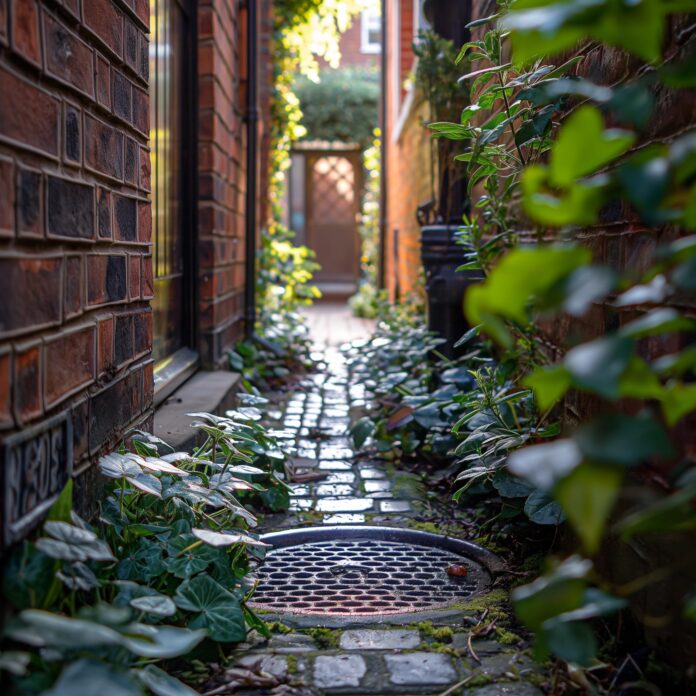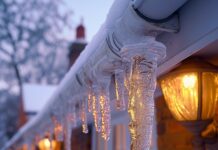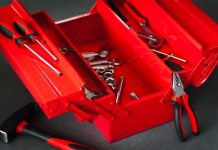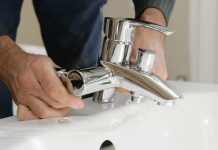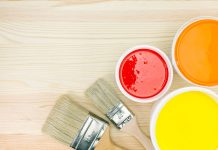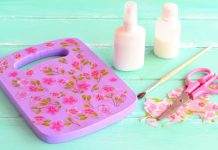Understanding Outdoor Drainage Systems
Outdoor drainage systems are essential components of residential landscaping, designed to handle excess water from rain, gardening, and other outdoor activities. These systems help prevent water accumulation that can lead to flooding, property damage, and the deterioration of building foundations. Understanding the structure and function of these drains is critical for effective home maintenance and ensuring the longevity of your property’s outdoor areas.
The Role of Outdoor Drains
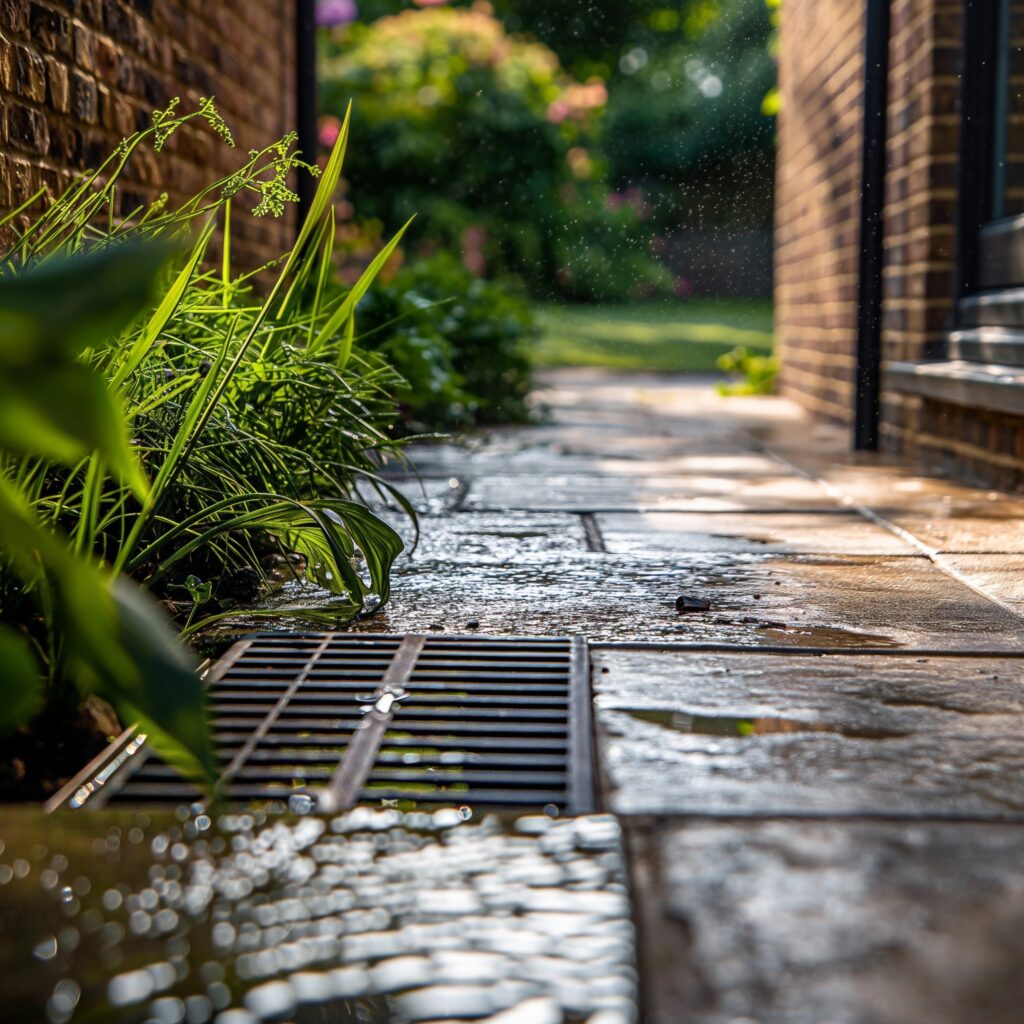
Outdoor drains typically include gutter downspouts, French drains, and surface drain grates, all of which efficiently channel water away from your home. However, these systems are prone to blockages due to leaves, twigs, and other debris, which can compromise their functionality. Regular inspections and timely maintenance are crucial to prevent waterlogging and the associated risks.
Identifying Blockages in Outdoor Drains
The first step in maintaining an outdoor drainage system is identifying potential blockages. This process begins with visually inspecting the drain covers and surface grates. Signs of blockage may include visible debris, slow drainage, or water pooling around the drain areas. In some cases, removing the drain cover with tools such as screwdrivers or lifting keys may be necessary to access and assess deeper blockages.
Tools and Equipment for Unclogging Drains
Proper tools are essential for safely and effectively clearing out your outdoor drains. Here’s what you might need:
- Rubber Gloves: Vital for protecting your hands from dirt, debris, and potentially harmful microorganisms.
- Drain Rods: These flexible rods with steel joints dislodge and remove deep-seated blockages in drainage pipes.
- Pressure Hose: A high-pressure hose can flush out the remnants and restore normal water flow after loosening debris.
- Safety Gear: This includes gloves, goggles, and face masks to protect against splashes and the inhalation of harmful particles.
Techniques for Clearing Outdoor Drain Blockages
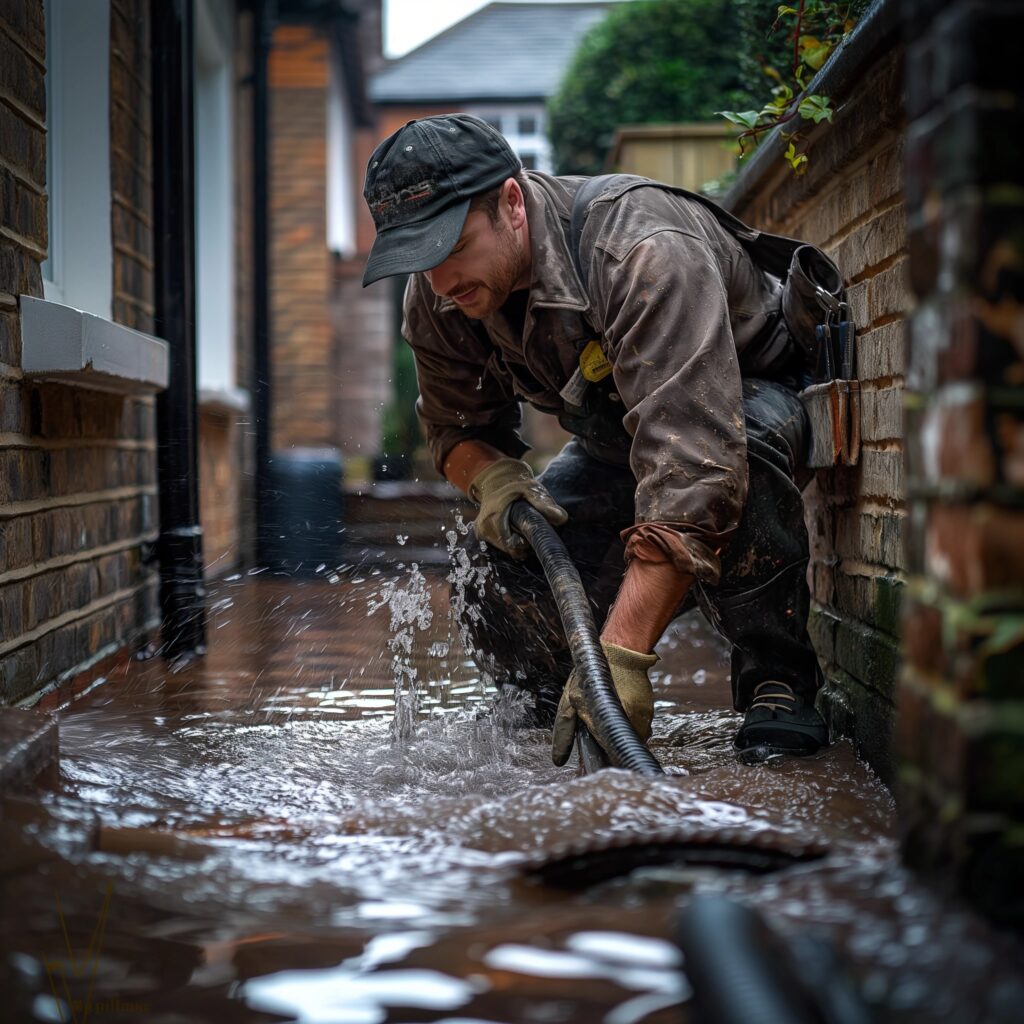
Once equipped, there are several methods you can use to clear blockages:
- Manual Removal: Often, simply removing debris by hand or with a tool can clear a blockage. This method is most effective for superficial blockages visible at the drain opening.
- Rodding: Drain rods can be effective for more stubborn blockages deeper within the pipes. This involves inserting the rods into the drain and twisting to break apart the clog.
- High-Pressure Water: After breaking up the blockage, a high-pressure water hose helps ensure all debris is cleared from the drain, restoring it to full functionality.
When to Call a Professional
While many drain blockages can be managed with DIY methods, some require professional intervention. Complex blockages, recurrent clogging, or blockages too deep to reach with standard tools may necessitate calling in experts. Professionals can access advanced tools like drain jetting machines and CCTV cameras for drain surveys, which can diagnose and resolve issues more comprehensively than typical home tools.
“When tackling drain blockages, hiring professionals can save you both time and money in the long run. Professionals have the right tools and expertise to diagnose accurately and resolve blockages quickly, preventing minor issues from becoming major repairs. DIY solutions can be effective for minor blockages, but without the right skills and tools, you risk exacerbating the problem, leading to more costly, extensive repairs. Always consider the issue’s complexity before proceeding.” – Mark Cordner, Regency Drainage Brighton.
Preventative Measures to Maintain Outdoor Drains
Preventing blockages is key to minimising maintenance efforts and costs associated with outdoor drains:
- Install Drain Guards: These help catch debris before it enters the drainage system, significantly reducing the potential for blockages.
- Regular Cleaning: Establish a routine to periodically remove debris from drain covers and check for signs of blockage.
- Proper Waste Disposal: Educate everyone in your household about the importance of not disposing of fats, oils, and non-biodegradable materials down the drains. These can cause significant blockages and environmental damage.
Cost Considerations and Long-Term Maintenance
Choosing between DIY and professional help involves considering the immediate costs against the potential long-term savings. While DIY can be cost-effective for minor issues, incorrect handling can lead to more significant problems, potentially resulting in expensive repairs. On the other hand, hiring professionals might seem more costly upfront, but they can provide a more thorough and lasting solution, ensuring the durability of your drainage system and reducing the likelihood of future problems.
By understanding and taking proper care of your outdoor drainage systems, you can ensure they function effectively for years to come, protecting your property and enhancing the quality of your home’s outdoor environment.
Education on Drain Ownership and Responsibility
An often overlooked aspect of drainage maintenance is understanding who is responsible for the upkeep of various sections of the drainage system. Generally, the property owner is responsible for all the drainage systems within their property’s boundaries, including indoor and outdoor drainage systems. However, when these systems connect to public sewage or storm drain systems, the responsibility might shift to local government or municipal bodies. Knowing the delineation of these responsibilities can prevent legal complications and ensure that maintenance and repairs are carried out promptly.
Proactive Measures for Optimal Drain Function
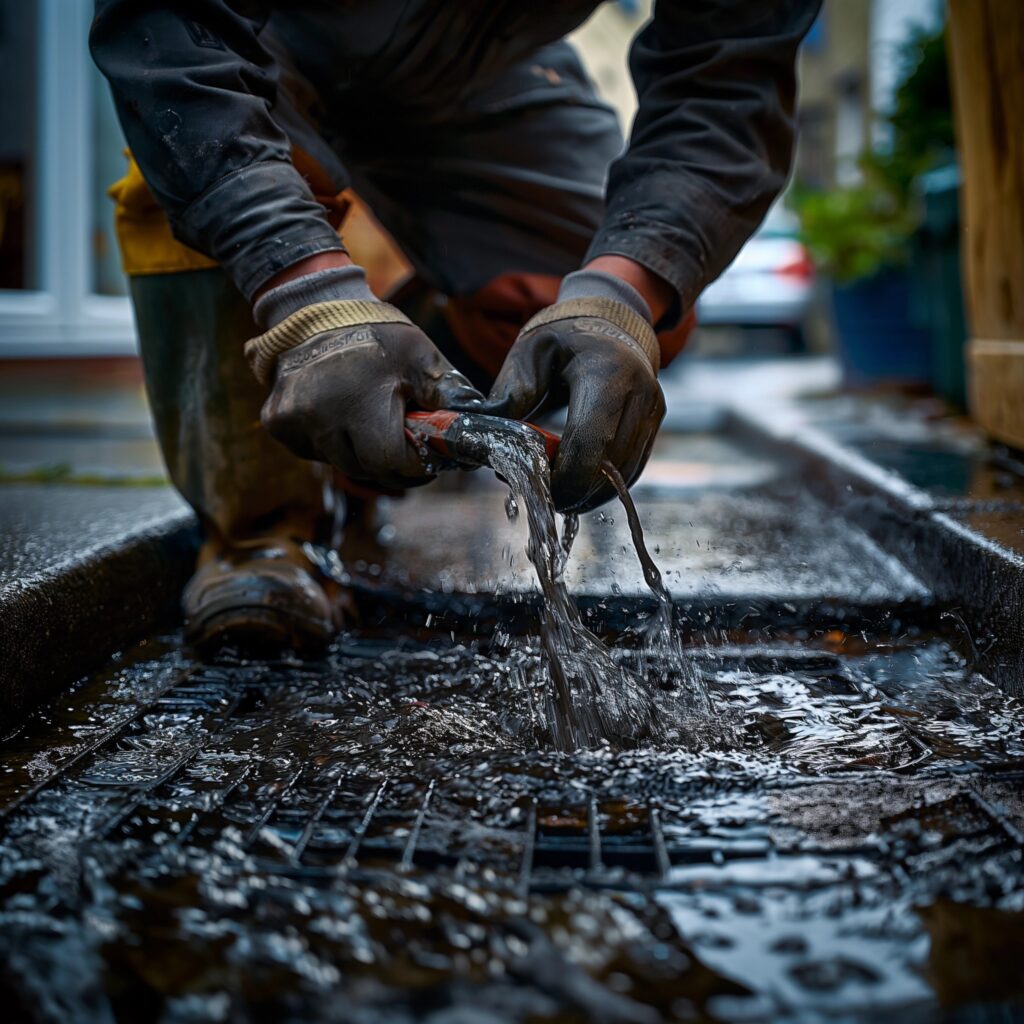
In addition to routine cleaning and debris removal, there are several proactive measures homeowners can implement to maintain their drainage systems:
- Regular Inspections: Schedule semi-annual inspections of your drainage system to identify potential problems before they escalate. These inspections should be more frequent if you live in areas prone to heavy rainfall or have large trees near your drainage systems, as roots and leaves pose significant blockage risks.
- Landscaping Choices: Be mindful of where you plant trees and shrubs. Plant roots can grow extensively and interfere with underground drainage lines, leading to blockages and even pipe damage. Choosing locations away from drainage lines or opting for plants with less aggressive root systems can mitigate such issues.
- Community Awareness: Promoting awareness about proper waste disposal and the impact of blockages on the community’s drainage system can lead to collective action, reducing the overall risk of blockages.
Advanced Techniques and Innovations in Drainage Maintenance
Technological advancements have introduced several innovative methods that can enhance the efficiency of maintaining outdoor drainage systems:
- CCTV Drain Surveys: Using cameras to inspect the inside of drainage pipes allows for accurate identification of blockages, breaks, and other issues without requiring invasive digging. This method is particularly useful for diagnosing recurrent or complex problems.
- Hydro Jetting: This method uses high-pressure water jets to clear blockages and buildup inside pipes. Hydrojetting is highly effective and can restore pipes to near-original condition, reducing the likelihood of future blockages.
- Eco-Friendly Drain Cleaners: Chemical drain cleaners can be harsh and damaging to the environment. Eco-friendly alternatives, which often use enzymes or bacteria to break down blockages naturally, are becoming more popular. These products are safer for both your pipes and the environment.
Final Thoughts
Maintaining outdoor drainage systems is an essential but often neglected aspect of home maintenance. By regularly inspecting and cleaning your drains, employing the right tools and techniques, and understanding when to call in professionals, you can prevent headaches caused by blocked drains. Additionally, taking preventative measures and utilising technological advances can help ensure that your drainage system operates effectively, protecting your property from water damage and contributing to a healthy, enjoyable outdoor environment.
By staying proactive and informed, homeowners can effectively manage their outdoor drainage systems, saving time and money and ensuring the longevity and safety of their property.


